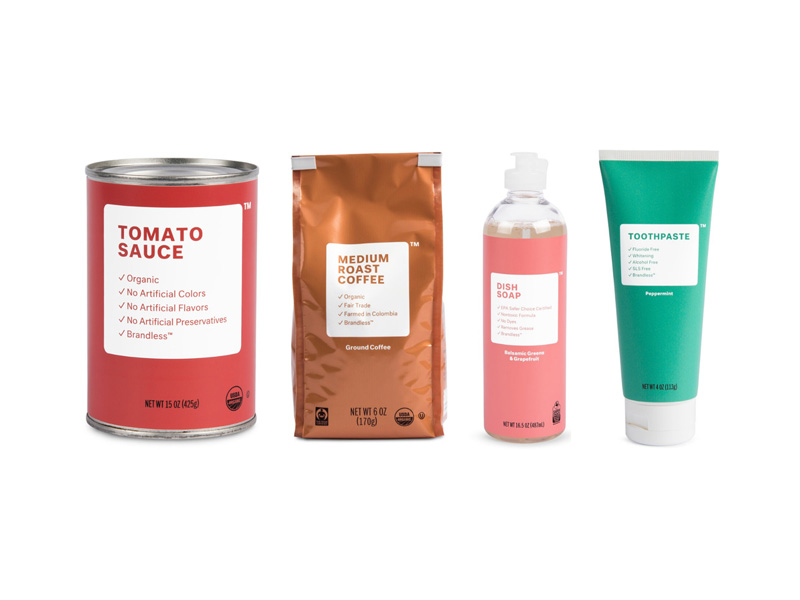Proctor and Gamble (PG) plans to introduce a lower-priced version of #1 selling brand Tide. Tide Simply Clean and Fresh will be priced in the mid-tier category vs. the premium category for regular Tide. Here’s what has PG salivating –According to Nielsen, in the most recent year, 41% of American households bought value-priced laundry brands, while 30% bought mid-tier brands and only 29% were buying premium brands.
This is an interesting decision that has a potentially profound impact on PG’s business model. Clearly, PG feels the sting of recession-burned and still stingy consumers and feels it needs to add a solid product in the mid-tier category. However, this decision may raise more issues than it solves:
– PG enjoys industry-best margins at 49.6% vs. competitors Unilever (45% approximately) and Clorox (42.9%). Do the benefits of increased market share outweigh the reduced margin? It’s safe to say the new brand will not cost much less, if any less, to produce. It will simply be sold for less.
– PG built a world-leading company by creating powerful distinctive brands. Does diluting the world’s top detergent brand with a cheap sub-brand help or hurt?
– Is PG making an incorrect assumption that Tide can increase market share at all. Tide currently holds about 40% of the detergent market. Isn’t there a possibility that the Tide brand is hitting the point of diminishing returns and a lower priced product will simply switch premium buyers to mid-price buyers, leaving market share approximately the same? Will PG steal market share from competitors or just themselves?
– Is the dual brand confusing? What is the difference in the minds of consumers between “good Tide” and “cheap Tide”? This seems like no win situation. If the consumer perceives a difference between the two, they ask “Why is Tide making a poor substitute of itself?” Three years ago, PG tried a Tide Basic brand but consumers felt it did not clean as well so the brand was dropped. This is dangerous to the billion-dollar brand. If consumers don’t perceive a difference, the consumer simply says, “Thanks for making Tide cheaper,” and buys the lower margin product.
– Would PG be better off launching a new brand or a “with the power of Tide” brand? Launching a new brand is expensive but it seems safer to leverage Tide with a “with the power of” statement than actually branding the product as Tide. If the product did not clean well, the consumer could assume the product did not have enough of the power of Tide.
PG has used a similar approach with Bounty paper towels and Charmin adding “Basic” to the name. Introduced in 2005, the basic versions sell for about 25% less than regular Bounty and Charmin. PG views these basic versions as a success that add new mid-priced customers. The Tide concept appears to be version two of the same plan. In PG’s defense, Bounty paper towels have approximately a 40% market share like Tide, so if the Bounty Basic plan is working, perhaps the Tide plan will work also.
Whether the Tide Simply Clean brand adds market share or not, it unearths a disturbing consumer trend – shrinkage of premium brand demand and a shift to “less is more” brands. Similar to dollar store growth during the recession, will PG be fighting more and more frugal consumers looking for “good enough” brands vs. premium brands? How will this affect PG’s typically high margins?
This move tends to fly in the face of general business model principles- excellent margins, powerful brands, etc. PG is endangering the #1 detergent brand and chasing lower margins. This move bastardizes Tide rather than innovates. PG is one of the most innovative companies in the world, but this product is disappointing. They should innovate at the top of the market instead. For instance, new Tide pods and pre-measured packets carry the highest margins in the industry. Risking a top brand to marginally grow sales is NOT innovation. If PG wants to attack the low end of the market, they should employ the proven disruptive innovation principles set forth by Clayton Christensen in The Innovators Dilemma.
Do you think a mid-priced Tide brand is a good move?


